Building a Better Business with Outsourcing
One key to success in contemporary business efforts is outsourcing. A business that uses outsourcing properly can be a business that thrives. The areas to consider for outsourcing include having a temporary need for high-level skills and specialized knowledge. It is also wise to use outsourcing to complete mundane, repetitive tasks and for making the creative elements needed for marketing campaigns.
High-Level Skills
Any job tasks that require a high-level skill set or top expertise for a short time are great choices for outsourcing. A business may need this level of expert advice for major issues; however, there is no need to hire a person of this caliber full-time.
Examples of this include CFOs-for-hire and business consultants that are regulatory/tax experts. It is better for a smaller business to pay the consulting fees for such a high-level executive to come in for a short contract period to review the work done by others at a lower-level in the company.
Such experts, with high-level skills, give valuable insights about what to do and what to change but they do not need to be paid their high prices to be on the full-time staff while these changes are implemented.
This strategy uses a highly-paid specialist to give remedial recommendations for an area that they deeply understand. Get the advice needed and then use normal systems, which cost far less, to implement their ideas.
Specialized Knowledge
When a job task requires specialized knowledge, this is a good choice for outsourcing. For example, regulatory changes affect the need for compliance. An expert in such regulatory issues can be hired as an outsourced consultant to give an organization the benefit of expert knowledge in areas that affect operations.
Repetitive Mundane and Creative Tasks
Anything that an organization has to do frequently in a structured way is a good candidate for outsourcing. The benefits of economies of scale help make this outsourcing decision a good one. A larger organization that handles these processes on a grander scale can reduce the incremental cost for a smaller organization.
Some of the classic examples are payroll processing and employee’s benefits. These processes can easily be handled by an outsourced effort with a company that specializes in this work. Rather than a company having in-house staff to handle these things, it is often better and more efficient for a company to outsource these activities.
Creative tasks may at first seem to be the opposite of this mundane “number-crunching” stuff; however, creative efforts are also great things to outsource. An example of this is outsourcing the creation of content needed for marketing campaigns. Not only is using freelancers for this work more cost-efficient; it also increases the chances of getting very useful, innovative ideas for the creative content.
Summary
Outsourcing is no longer reserved for big companies with big projects. There are now readily available, high-quality freelancers that can be easily found to use for outsourcing many functions. This help is now accessible for many areas of a business at all the levels of expertise that a business needs. This means that outsourcing of many types of work is now an imperative effort that is required for any business to succeed.
If you are interested in discussing outsourcing certain areas of your business feel free to contact us at The McLinden Group.

5 Small Business Finance Trends of 2018
With the stock market breaking records and the favorable corporate tax cuts, business optimism is high. So what's on deck for small businesses in 2018?
1. Big Banks Financing 1 in 4 Deals
Big banks are approving 25 percent of small business loans for the first time since 2011, when less than 9 percent of small business loans were approved. This is a big deal for businesses, who can now access the funds they need to invest in their companies. This is the time to apply for that loan that will change things for your business.
2. SBA Supports Small Business Loans
The Small Business Administration (SBA) has always championed local businesses. In 2017, their 7(a) loan program provided over $25 billion in loans. In 2018, expect to see an increase in small banks making SBA loans, which may lead to additional opportunities for companies.
3. Increase in Disaster Loans
From hurricanes to wildfires, the last year has seen crippling natural disasters. Expect disaster loans to businesses from organizations like the SBA to increase along with the spate of crises.
4. Banks to Explore Partnerships With Fintech
Younger consumers are unlikely to visit their local bank branch. They favor managing their money online. 2018 will be the year that banks start to adapt. Expect to see an increase in partnerships between banks and fintech, which will allow banks to offer the technologies their consumers expect without overhauling their online platform - improving service for all.
5. Alternative lenders in trouble
While alternative lenders - whether micro lenders or cash advance companies - thrived during the credit crunch, things are changing quickly. Traditional lenders now compete with more attractive rates. High-profile incidents (think Lending Club or CAN Capital) have consumers leery. Expect more woes for alternative lenders in 2018. This competition favors businesses, who have wider access to favorable loan terms.
How will these trends impact your business planning for 2018?
How to be Successful in Budgeting a Small Business
Being able to successfully budget for the present and future is crucial to a small business. Step 1: understanding what a budget is.
What is a budget?
A budget keeps track of incoming and upcoming expenses to ensure you don’t overspend. A budget is also used to set goals and help save money to reach them. A good budget helps make good decisions.
How can you budget for your business? Here are a few tips:
- Set financial goals for a specified amount of time.
The time span is up to you. You can do yearly goals or have a three-to-five-year plan.
- Come up with ways to reach those goals.
If your goal is to hire more employees, you’ll definitely need more money to do that. Set goals that can help increase capital to eventually accomplish this goal. Be very detailed in the steps you will take to accomplish this.
- Know your investment
Getting to the goal may cost money and resources. Calculate those costs to determine how much you need to get to the finish line. Be thorough and detailed enough to pinpoint when something in the budget is off.
- Review
Every month, you should review the budget and compare with the previous month to see how you are doing and what needs to be done to stay on track.
Using these tips, you will be able to successfully budget for your business, opening the doors for positive gains.
The Dangers of Inaccurate Financial Reporting
One of the most important aspects of a small business is its finances. Financial reporting helps the management team make decisions and keeps a running base on how the company is performing. In small businesses, inaccurate financial reporting can be a serious problem. Understanding the consequences provides insight and helps avoid these inconsistencies. Here’s what you need to know:
- Loss of income
Inaccurate financial reporting creates detrimental decision making. Miscalculated reports leads to spending money that may not actually be there. Additionally, the company could be seen as a financial risk if the financials report low profitability.
- Internal and External Ramifications
Inaccurate reporting could cause bills to go unpaid, and employees waiting for a paycheck. If there are investors in the company, they could view the company as a risk, questioning their credibility. A bank could seriously undervalue the company, which could result in denied loans or financial transactions.
It’s important to make accurate financial reporting a priority. Having the right people in place to oversee the process is key. Proper training and commitment from the persons responsible is the first step in ensuring the books are accurate. Implementing safety protocols such as using an automated program, and someone to review the bookkeeping once it is completed can save time, money and embarrassment.
If you are having internal issues with someone handling the books, acquiring the services of an outside auditor and a bookkeeping service may be your best route.

5 Steps You Need to Take Before Thinking About a Merger
It’s possible to prevent those last-minute failures of mergers. With up to 90 percent of merger attempts falling through, according to Harvard Business Review, it is of growing importance for companies to be vigilant in every step of the process.
Due Diligence Isn’t an Option
It is fully your responsibility to do your homework about any other company, startup, investor, or investment. The key here is to look into your business’s investments, balance sheets, and “skeletons” as well. Are there concerning investments or payments made early on in your business that could haunt you later? Provide plenty of time to ensure that every stone can be unturned. Here are a few steps to get you there.
#1: Focus on the balance sheet first.
Every line on your balance sheet should be something you are willing to discuss openly. You need to know that potential buyers will ask questions when it comes to the finances of your operation including all assets, liabilities, and equity.
#2: Consider your capitalization table.
This is an area many startups looking for funding support skip and shouldn’t. This table will show how much the company may be diluted in various situations. Have this cap table organized and clarify any areas of concern. Include all stockholder names, their shares, types of shares, the date they were issued, and the date of disposition. Ensure you explain these decisions.
#3: Hire a team to do some more digging.
Having a buy-side due diligence team is important, but you also want to have someone working on the other side. A sell-side team should be able to move through your numbers, find areas of concern, ask some questions, and create a clear picture.
#4: Update your virtual data room.
All information and documents in your virtual data room needs to be easily accessed and updated. This includes financial statements, employee data, and all contracts. An online data room like this is one of the easiest ways to make the merger transaction possible.
#5: Establish a timeline.
Finally, create a timeline for all responsibilities in due diligence activities. Look at contracts with any provisions that could create stumbling blocks. You will want to assess the current climate for the move. Be sure to consider the length of time it takes for any merger to happen and the implications of that against contracts in place now.
Taking these steps can give you a clear view of what is to come during a merger. It clears many of the largest obstacles that hold back today’s startups from merging profitably.

